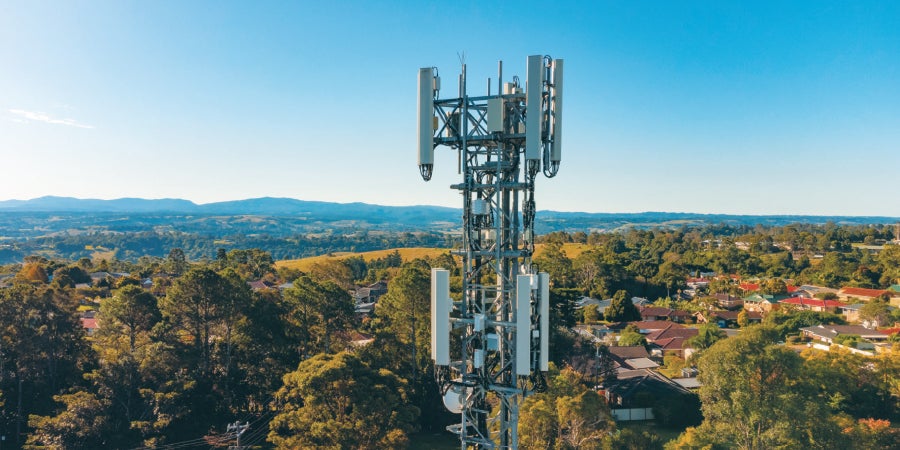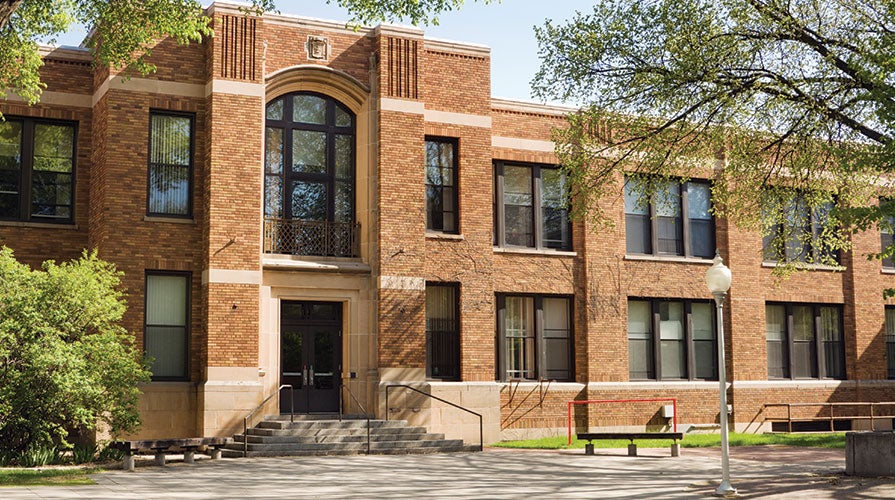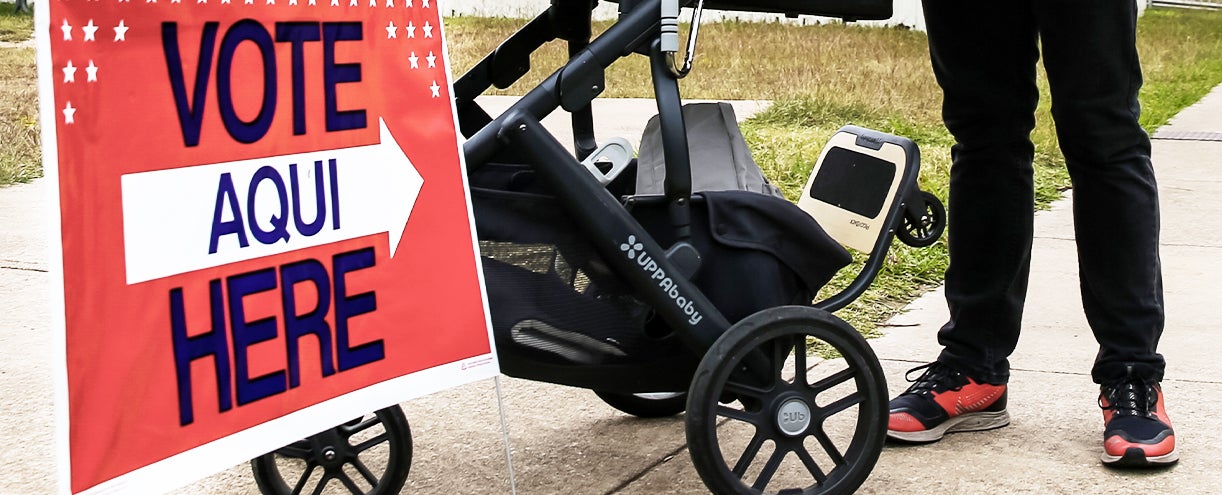New Program Seeking to Bring Increased Cell Connectivity to Texas School Districts
The Texas Association of School Boards, Inc. (TASB) announced a new wireless infrastructure program from TASB exclusive provider Diamond Communications, a private wireless infrastructure company, with the goal of bringing increased cell connectivity to Texas public school districts.
“We are very excited about developing this program as it opens the potential for new investments in cellular infrastructure on school district properties, which may lead to better connectivity for school districts and their communities in both rural and urban areas,” said TASB Executive Director Dan Troxell. “Cellular connectivity is essential, especially during emergencies, and under this program, school districts may be able to effectively market district land to cell carriers for the construction of new communication towers to boost bandwidth and reliability.”
TASB decided to work with Diamond Communications on the program after researching the market and speaking with numerous service providers beginning in 2022. “We’ve long heard from our members that they wanted a solution to help improve cellular connectivity without all the work needed to broker agreements with the different wireless carriers on their own,” said TASB Division Director of Facility Services Jeff Clemmons. “This program, which we’re calling ConnectED Texas, seeks to simplify the process in a market that school districts may not be familiar with and gives school districts the potential to earn revenue on land that may be leased for new towers or other infrastructure. It’s a win-win situation.”
Texas school districts are increasingly relying on cellular service to provide internal and outgoing notifications in the event of an emergency. Not only do emergency personnel and first responders need reliable communications, but parents and school officials also need to be able to share information via texts and calls. Cell phone signal strength and network capacity are essential to accurate location sharing, especially critical during emergency situations.
Data shows that approximately 50% of school districts in Texas have at least one major carrier with unreliable coverage, Clemmons said. In addition, he noted that some TASB member districts consistently experience wireless connectivity issues. With connectivity being affected by infrastructure proximity and capacity in a given area, working with an experienced wireless infrastructure company to market available properties to an array of carriers may be one way school districts can improve connectivity on their campuses and earn lease revenue.
“We wanted to create a program that can help school districts with poor connectivity find ways to bridge the gap and create safer and more connected schools and communities,” Clemmons said.
“We are thrilled to be working with TASB,” said Peter Woodbury, President, Strategic Partnerships at Diamond Communications. “Connectivity in and around schools has never been more important for educational and safety reasons, and we are excited to work with school districts to improve wireless coverage. This program will offer a streamlined approach to identify, market, and develop sites for wireless infrastructure. Working together, we will accelerate the process from start to finish, benefitting school districts and increasing certainty for wireless carriers.”
Under the ConnectED Texas program, Diamond will seek to help school districts assess current levels of cellular service and evaluate the potential for improving connectivity, market school properties to cellular carriers and broker infrastructure investments on school district property at no cost to the district. Districts will be able to retain ownership of the land while having the potential to earn lease revenue and benefit from any cell service improvements.
Learn more about the ConnectED program.
Sylvia Wood
Sylvia Wood is the division director of communications for TASB.





